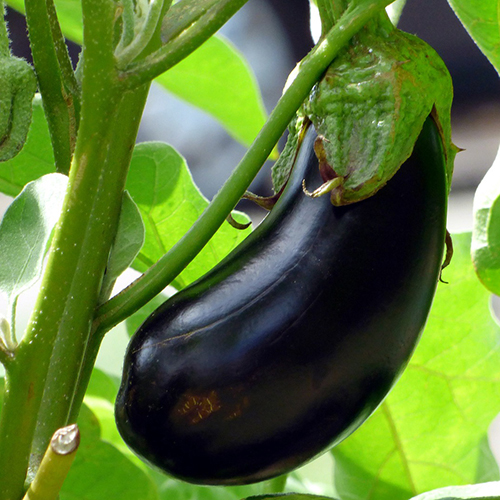Other projects


Eggplant is delicious in stews

Growing your own food is a great way to reduce the transport carbon emissions. Growing food that makes sense for your climate is even better, because it ensures you’re leveraging natural conditions and the energy of the sun rather than throwing extra energy into something and therefore increasing the carbon burden of producing the food. Eggplants in Texas make a lot of sense because the plants are heat-loving, so the best time to start planting is in late spring. Visit local nurseries and plant shops or order seeds online to find the right plants.

Eggplant originated in India and is a member of the nightshade family, which includes potato and tomato.
One of the most common issues faced by eggplant farmers is pest attacks, which can destroy entire crops. Fortunately, you can take several steps to prevent and reduce damages caused by pests. First, regularly checking plants for infestations and taking action immediately when necessary can help to control the spread of pests.
In addition, planting a diverse array of crops in your garden can confuse and discourage pests from targeting a single type of plant. Traps or natural predators, such as ladybugs, can reduce pest populations. Finally, using organic sprays or rotating pesticides can help minimize harmful effects on the environment while protecting plants from damage. By implementing these measures, eggplant farmers can combat pest attacks on their crops.
In conclusion, growing eggplant in Texas requires warm temperatures, full sun exposure, and well-drained soil. It is important to maintain proper water and fertilizer levels throughout the growing season and regularly check plants for signs of infestation to prevent pest attacks and maximize yields. With careful planning and attention to detail, gardeners in Texas can enjoy a bountiful harvest of delicious homegrown eggplants all year!

